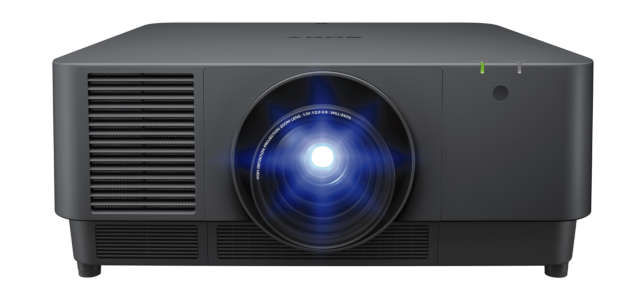Sony to Roll Out 13,000 Lumen Laser Projector

Sony revealed a range of new AV gear for schools at the ISE 2020 conference taking place in Amsterdam this week. That includes five new laser projectors, with one offering a brightness of 13,000 lumens.
The five new projectors are in the VPL family of laser projectors and will come in the following configurations:
- 13,000 lumens ($14,999, coming June 2020);
- 10,000 lumens ($12,499, coming May 2020);
- 9,000 lumens ($12,499, coming May 2020); and
- Two models offering 5,000 lumens (one for $2,499, coming in May 2020, and one for $1,599, coming in April 2020).
Four of the five new models have a resolution of WUXGA (1,920 x 1,200 pixels). The smallest has a resolution of WXGA (1,280 x 800 pixels).
In addition to the new projectors, Sony introduced a few other technologies for education, including the MAS-A100, a beamforming microphone designed to enhance sound in classrooms, assembly rooms, lecture halls and other areas.
Features include:
- Feedback reduction;
- Noise reduction;
- Automatic gain control;
- Automatic calibration;
- Microphone array management software.
The Edge Analytics Appliance (REA-C1000) is a new AI-powered device designed to create video assets. It can extract text from whiteboards and other writing surfaces and can also apply effects, including CG overlays without the need for a greenscreen. It also includes the ability to track the presenter.
Finally, Sony also introduced UbiCast, an automated system for creating and sharing video.